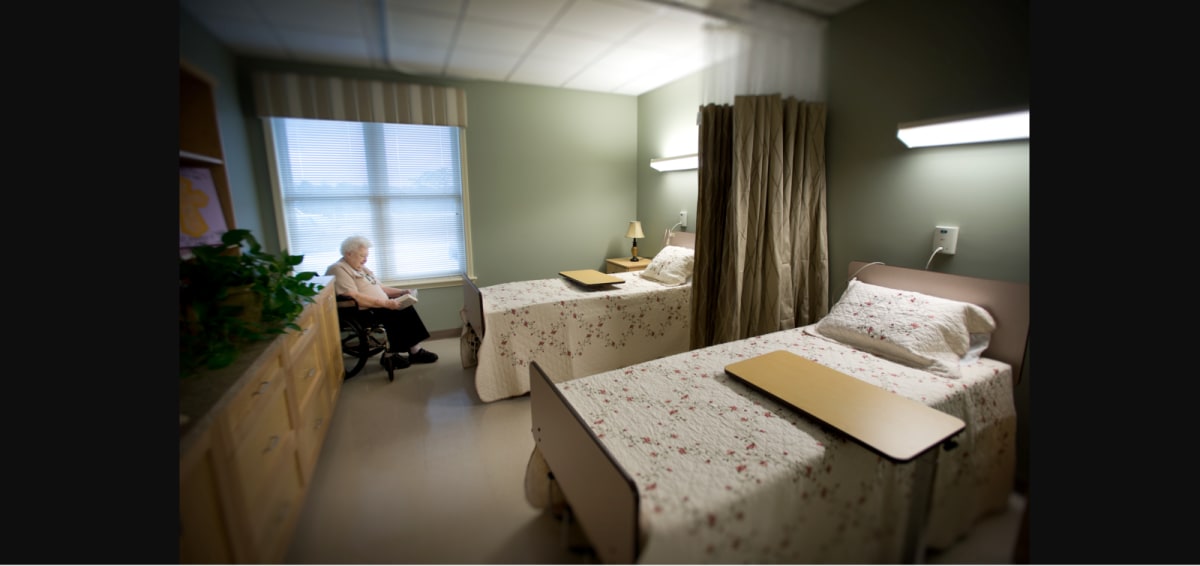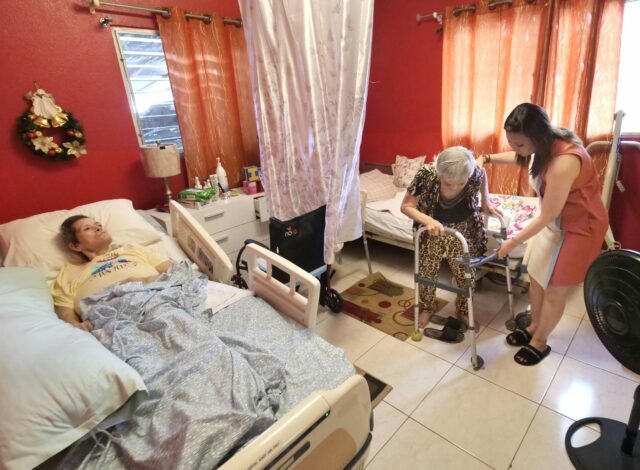
What’s Under the Covers?
Medical and Nursing Home Injury Identification and Preservation
August 30, 2022
Introduction:
Unlike other injuries, those occurring in a medical or nursing home setting may often be reported to you by a non-injured individual or it may be something you see personally. As a result, you or that individual may need to preserve the evidence available, at that time, so that the case may be evaluated or prosecuted. Further, you may have questions on what to look for and how, and additionally, how to assist the injured party (if the injury is new and may be reversed or otherwise addressed).
To assist you in this type of situation, you will find the following below: (i) an acronym (VAPE) to assist with you with remembering what evidence you may want to preserve and collect; (ii) the “R” factor, which helps explain the role reversal that may fit the personal or family situation experienced by you or the non-injured individual reporting the injury; and (iii) injuries which may be found “under the covers.”
I. Preservation of Evidence - VAPE
We have all heard the saying “a picture is worth a thousand words.” As you have probably experienced, it is true, and in most, if not all cases it is best to have more photographs of the incident and/or injuries. Here are some things to consider or keep in mind in preserving evidence in the case, as items or things to preserve or collect:
V - Video
A - Audio or Autopsy
P - Photographs - Physical Evidence (lab results, prescription vials, slides, documents, etc.) - People
E - Electronic (email, postings, social media)
Video:
Is there a video available of the incident or can anything be videoed to be preserved to help the case?
Audio:
Is there an audio recording of the incident, a voicemail where someone has admitted fault?
Autopsy:
Is there an autopsy?
Photographs:
Any photographs of the injury or damage?
Physical evidence:
Is there any physical evidence that may be used to evaluate or prove the case?
- The defective medical device
- Other medical devices used that are related to the incident - wheelchair, bed, peg tube, etc.
- Documents
- Autopsy reports
- Death Certificate
- Medical records
- Letters or emails
- Saved text messages
- Prescription medication vials and/or the remaining medication
- Any item or thing that had anything to do with the incident - bloody sheets, bloody clothes
- Medical bills (and subrogation information)
- How the situation affected you or the non-injured party reporting the injury --- for example, your/their senses - smell, sight, sound, touch and if applicable, taste.
People:
Are there people to talk with about the incident? What are their names, telephone numbers, email or addresses?
Electronic:
Any Email, social media, other writings or postings that are made in an electronic form?
II. Role Reversal - Reverse the Role - “R” factor
In a medically related or nursing home case that does not involve an injury to a child, a son or daughter of the injured party may be the primary witness. Alternatively, it may be a sister or brother. In any case, it may be someone who has taken on a caretaking role, where, sometime in the past, they were the one being taken care of by the now injured party, e.g. parent to child; now child to parent. In these cases, often the individual who is reporting the injury may be adjusting to their new role as caregiver or care manager, and by doing so, their primary focus is on getting the appropriate care for their loved one. If that is the case, they should continue with the primary focus being on the treatment or recovery of their loved one, but if there is another member of the family or friend, consider assigning that person to assist in the preservation of evidence.
The “R” factor is the midpoint in each person’s life where they have reached maximum independence, and often, this is associated with maximum responsibility - your R point. After you meet your maximum “R” factor, then you immediately begin to decline in level of independence and/or responsibility, until death, where you will become less independent (depend on others for daily living tasks), and at some point, you may become totally dependent, as if you were an infant. When an “R” point is reached for you, you probably have people on each end of the scale that you are caring for (children and parents or others).
III. Under the Covers
When you reverse the role, as described in section II above, and you are placed in the position of caring for someone that used to care for you, it places you in new territory, where you may not be the most comfortable. Think about being a parent. Children must be observed and inspected in order to determine what is going on or to prevent further injury. Sometimes that means you will see your child in their birthday suit. Reversing the role and seeing your parent in the same apparel will probably make you uncomfortable, if you are taking on this responsibility for the first time. Nevertheless, depending on the situation, it may save your parents life by taking a look under the covers or under their gown.
In some medical and nursing home settings, a loved one may not be getting attention to what is going on under the covers. Sometimes, it may be your attention to these details that will help your parents live a longer life. Alternatively, if your parents cannot be saved or avoid terrible suffering, the evidence that they find under the covers, properly preserved, may help prove a case against the medical care provider.
Things you may see under the covers:
Injuries due to falls, medication errors, lack of verification of peg-tube placement, infection, assault (physical or sexual), failure to turn or relieve pressure, failure to administer medications, dehydration, etc. For example,
A. Bedsores or Pressure sores
B. Problems with a peg tube or feeding tube
C. An undiscovered break
D. Bruising that is abnormal
E. Soiled linens or diapers that may lead to infection
F. Catheter not being addressed
G. Loved one not acting “normal”
H. A need that is not being addressed
The medical or nursing home facility where your client’s loved one is a resident or patient may be understaffed or not properly staffed, and therefore, they may not take the time necessary to fully check on the status of a loved one or they may provide care that is below the standard of care. It is vital to look under the covers or pull up a gown and see if you see anything unusual. It may save a life, be the discovery that prevents further harm, or properly preserved, it may be the proof necessary to show that the medical or nursing home facility breached the standard of care and caused harm to your loved one.
If your loved one has suffered an injury or death at a nursing home, we are happy to evaluate the potential case.
Please click here to access our “Free Case Evaluation” form, and we will be in touch within 24 hours of your case submission. Or, feel free to text us at (205) 651-5808 or call us at (205) 259-1678.
Photo courtesy of:
Top Photo - Nursing Home in the State of Hawaii
https://www.civilbeat.org/beat/governor-makes-more-funds-available-to-nursing-homes/
Bottom Photo - South Central Regional Medical Center Nursing Homes - Comfort Care Nursing Center, Laurel, Mississippi
https://scrmc.com/services/nursing-homes/

